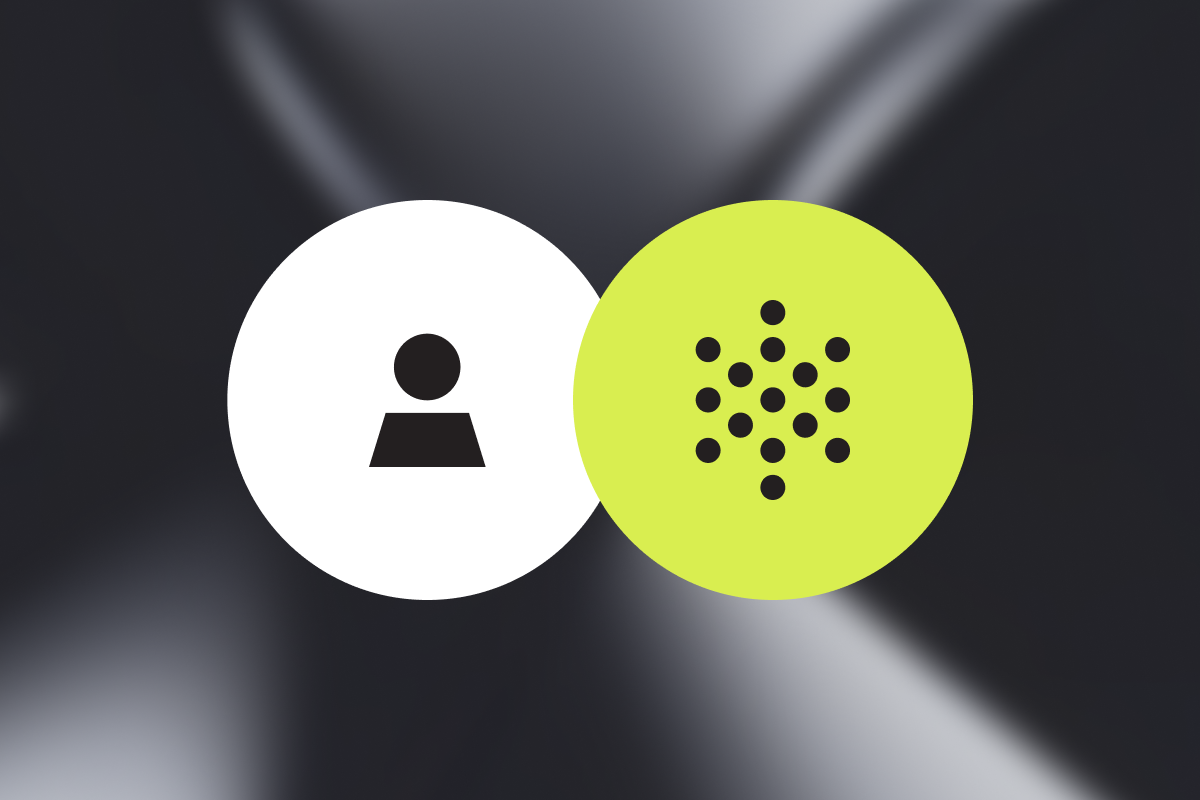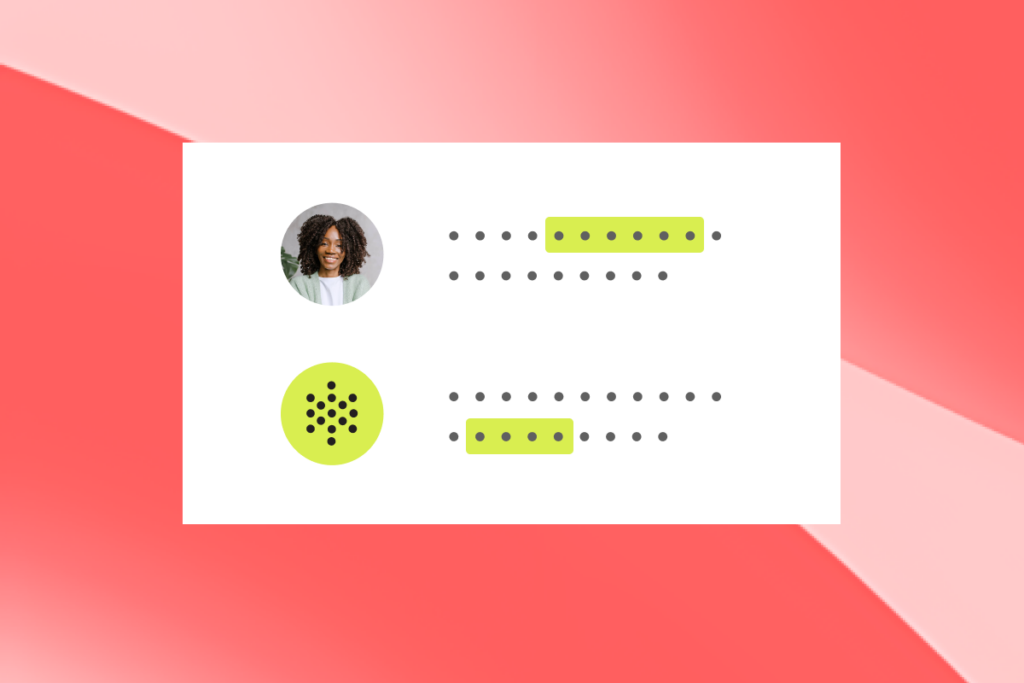Enabling voice assistants to understand everything a caller says–over dodgy phone connections, with different accents and ways of phrasing information–is an incredibly difficult technical challenge.
Callers know this. They’ve had 20 years of experience speaking with automated systems that don’t understand them. So when they realize they’re talking to a voice assistant, they don’t expect it to work.
Conversation designers are aware of these biases, so they often build in cues that show callers that they have been understood. They want to show the caller that the voice assistant is competent.
But it’s not uncommon for designers to be a bit too literal in their interpretation of demonstrating competence.
If a caller says, “I was about to catch the bus and I was looking through my bag and I couldn’t find my credit card, what should I do?”, it’s incredibly frustrating to get a response like, “Did you say you have a problem with your credit card?”
Two people in a conversation don’t constantly check if they heard each other right. If I offer you a cup of tea and you say you’d like sugar, I wouldn’t say, “Did you say, sugar?”
That’s because I trust my own competence, and I hope you do too. If your voice assistant is constantly checking its got things right, it’s signaling to callers that you are not confident in its competence, so why should they be?
Listen to this call.
Lisa’s order tracking query from PolyAI on Vimeo.
In this call, the voice assistant uses the caller’s phone number to identify them and asks for the last four digits of the order number to confirm the caller’s identity. It doesn’t waste time reading out the phone number or repeating the order number, it gets straight to solving the caller’s problem.
In instances where you do want to check that information has been correctly taken down, find ways to work validation into the conversation naturally.
For example, a caller gives their postcode to track an order. There are two recent orders associated with the account. The voice assistant is set to choose the most recent order by default.
- Don’t say: ‘Is your order number 2BX100J’
- Say: ‘I see your order number 2BX100J is out for delivery.’
Consider a caller who is phoning to make a table reservation for four people at 7 pm tonight.
- Don’t say. ‘Is that a table for 4 people?’
- Say. ‘I have a table for 4 people at 7 pm tonight. Shall I go ahead and book that for you?’
It might sound obvious, but you’re aiming to create an experience that feels natural, so try not to have the voice assistant say things that a person never would.




